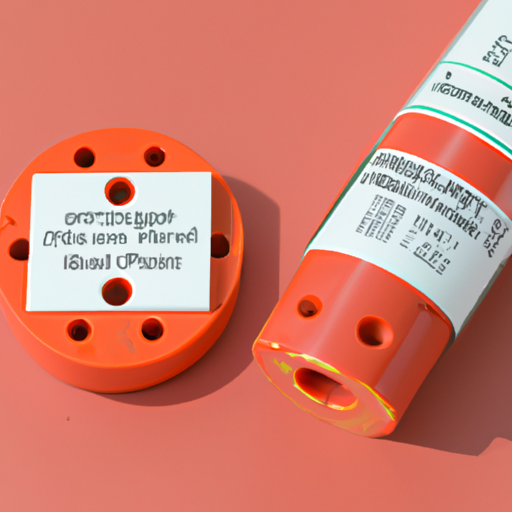When it comes to choosing the right spot ceramic capacitor for your electronic project, there are several factors to consider. Ceramic capacitors are widely used in electronic circuits due to their high reliability, low cost, and excellent performance characteristics. However, with so many options available on the market, it can be overwhelming to choose the right one for your specific application. In this article, we will discuss the key factors to consider when selecting a spot ceramic capacitor, including capacitance value, voltage rating, temperature coefficient, and package size.

Voltage Rating: Another important factor to consider when choosing a spot ceramic capacitor is the voltage rating. The voltage rating of a capacitor indicates the maximum voltage that the capacitor can safely handle without breaking down. It is important to choose a capacitor with a voltage rating that is higher than the maximum voltage in your circuit to prevent damage to the capacitor. It is also important to consider any voltage spikes or transients that may occur in your circuit and choose a capacitor with a higher voltage rating to account for these fluctuations.
Temperature Coefficient: The temperature coefficient of a ceramic capacitor is a measure of how the capacitance value changes with temperature. Different types of ceramic capacitors have different temperature coefficients, which can affect the performance of your circuit. It is important to choose a capacitor with a temperature coefficient that is suitable for your specific application. For example, if your circuit will be exposed to extreme temperatures, you may need to choose a capacitor with a low temperature coefficient to ensure stable performance.
Package Size: The package size of a ceramic capacitor is another important factor to consider when choosing the right one for your application. Ceramic capacitors come in a variety of package sizes, ranging from small surface mount packages to larger through-hole packages. The package size you choose will depend on the space constraints of your circuit and the assembly method you plan to use. It is important to choose a capacitor with a package size that is compatible with your circuit layout and assembly process.
In addition to these key factors, there are several other considerations to keep in mind when choosing a spot ceramic capacitor. These include the dielectric material used in the capacitor, the frequency response of the capacitor, and the cost of the capacitor. It is important to carefully evaluate all of these factors to ensure that you choose the right capacitor for your specific application.
In conclusion, choosing the right spot ceramic capacitor for your electronic project requires careful consideration of several key factors, including capacitance value, voltage rating, temperature coefficient, and package size. By taking the time to evaluate these factors and choose a capacitor that meets your specific requirements, you can ensure the reliable performance of your circuit.





